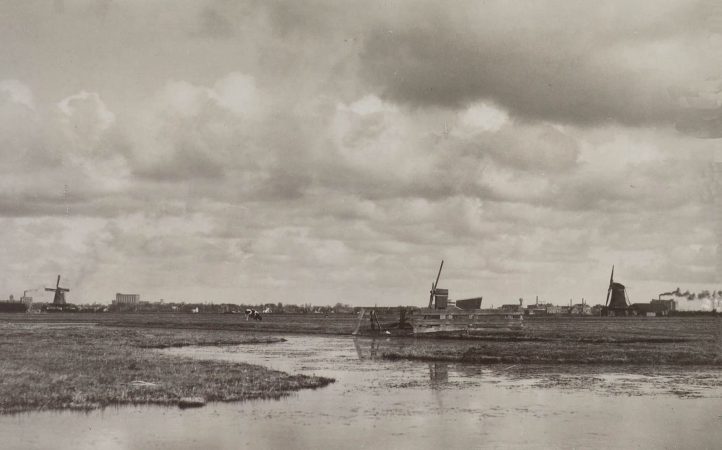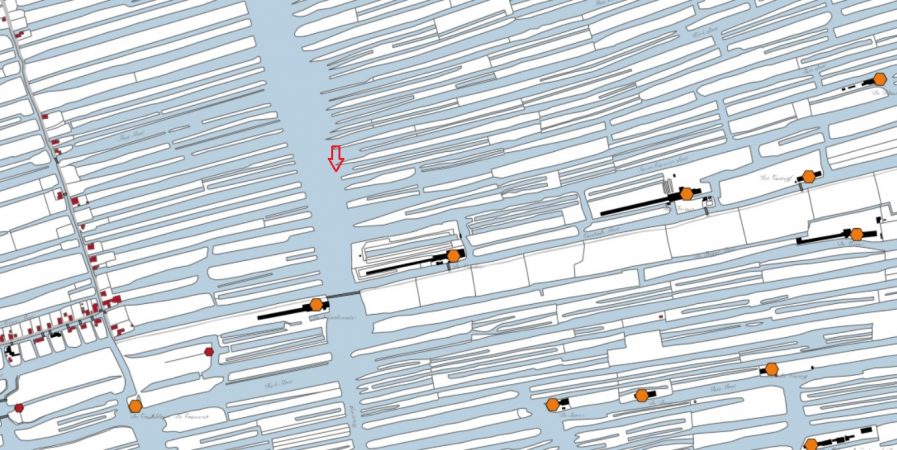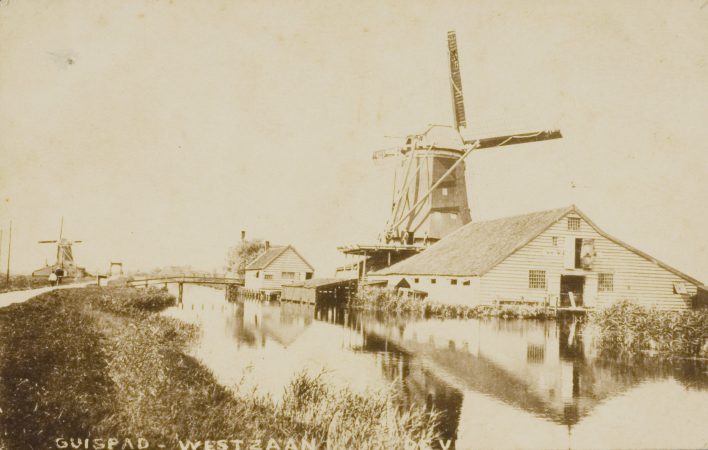Along the Freek Engelpad (named after a local landscape painter), you have a view of a body of water: the Watering (Drain). In the past, three paper mills were lined up on the banks of this body of water and the canal running eastward from it.



Leuk dat je me bezoekt! Maar deze website is nog in de maak.


